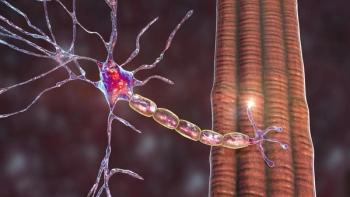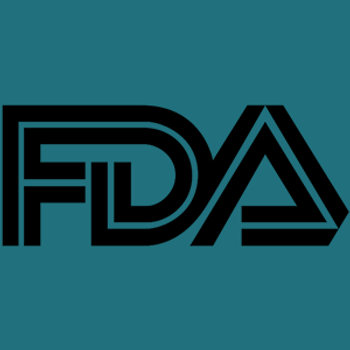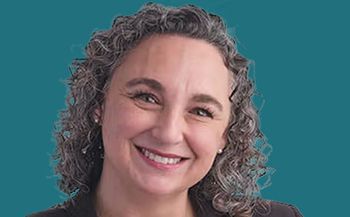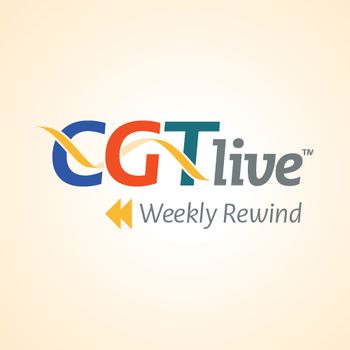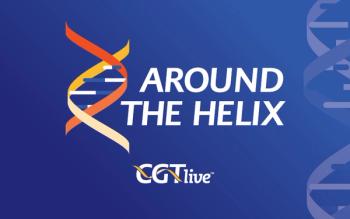
Capricor’s BLA for DMD Cardiomyopathy Cell Therapy Deramiocel Slammed With CRL
In the CRL, the FDA stated that the statutory requirement for “substantial evidence of effectiveness” was not met by the BLA and that more clinical data will be needed.
Capricor Therapeutics has received a complete response letter (CRL) from the FDA regarding its biologics license application (BLA) for Deramiocel (also known as CAP-1002), an investigational allogeneic cardiosphere-derived cell therapy that was under review for the treatment of Duchenne muscular dystrophy (DMD) cardiomyopathy.1
In the CRL, the FDA stated that the statutory requirement for “substantial evidence of effectiveness” was not met by the BLA and that more clinical data will be needed. Furthermore, the FDA also drew attention to outstanding parts of the BLA’s Chemistry, Manufacturing, and Controls (CMC) section, that were not reviewed by the agency because of the CRL’s timing. Although Capricor stated that most of these CMC items have been addressed previously in its interactions with the agency.
Capricor has stated its intent to resubmit the BLA in the third quarter of this year, with additional data from the phase 3 HOPE-3 clinical trial (NCT05126758). The initial BLA did not include data from this ongoing study, but was instead supported only by data from the completed HOPE-2 clinical trial (NCT03406780) and HOPE-2’s ongoing open-label extension (OLE) study (HOPE-2-OLE; NCT04428476), with data from these studies being compared to an FDA funded natural history dataset. The FDA stated that the review clock will be restarted when the BLA is resubmitted and that the Capricor may request a Type A meeting focused on the way to move forward.
“We are surprised by this decision by the FDA,” Linda Marbán, PhD, the chief executive officer of Capricor, said in a statement.1 “We have followed their guidance throughout the process. Prior to the CRL, the review had advanced without major issues, including a successful prelicensure inspection and completion of the mid-cycle review. Capricor plans to submit data from the phase 3 HOPE-3 clinical trial to provide additional evidence of effectiveness from an adequate and well-controlled study. The HOPE-3 trial is a randomized, double-blind, placebo-controlled clinical trial of 104 patients, with topline results expected in the third quarter of 2025. We believe these data, if positive, along with our existing long-term clinical results showing cardiac stabilization, preservation of skeletal muscle function, and a consistent safety profile, could support efforts to resolve the questions raised by the FDA for the treatment of cardiomyopathy associated with DMD. While this was an unexpected decision by the FDA, we remain committed to the DMD community to get deramiocel through the approval process.”
The initial BLA for deramiocel
Earlier this year, CGTLive®
“The takeaway here is Deramiocel is a cell therapy product,” Marbán told CGTLive. “It is not a stem cell. It does not retain and engraft. The cells die and go away. The mechanism of action is via the exosomes. That's why the activation of the immune system is to a benefit. It helps sort of stimulate the bioactivity of the exosomes, but there's really no risk of rejection or any types of immune response that would be dangerous. Immunologists have been working with us for the past 10 years to help us understand that. Because they're not stem cells, there's no danger of using them. They die and go away. We can really think of this as a very good opportunity to make use of a new type of cell therapy that definitely has clinical benefit.”
REFERENCES
1. Capricor Therapeutics provides regulatory update on Deramiocel BLA for Duchenne muscular dystrophy. News release. Capricor Therapeutics. July 11, 2025. Accessed July 11, 2025. https://www.capricor.com/investors/news-events/press-releases/detail/319/capricor-therapeutics-provides-regulatory-update-on
2. Capricor Therapeutics provides regulatory update on deramiocel BLA for Duchenne muscular dystrophy. News release. Capricor Therapeutics. June 24, 2025. Accessed July 11, 2025. https://www.capricor.com/investors/news-events/press-releases/detail/318/capricor-therapeutics-provides-regulatory-update-on
3. Capricor Therapeutics announces completion of mid-cycle review meeting with FDA on Deramiocel for the treatment of Duchenne muscular dystrophy cardiomyopathy. News release.Capricor Therapeutics. May 5, 2025. Accessed July 11, 2025. https://www.capricor.com/investors/news-events/press-releases/detail/311/capricor-therapeutics-announces-completion-of-mid-cycle
Newsletter
Stay at the forefront of cutting-edge science with CGT—your direct line to expert insights, breakthrough data, and real-time coverage of the latest advancements in cell and gene therapy.

